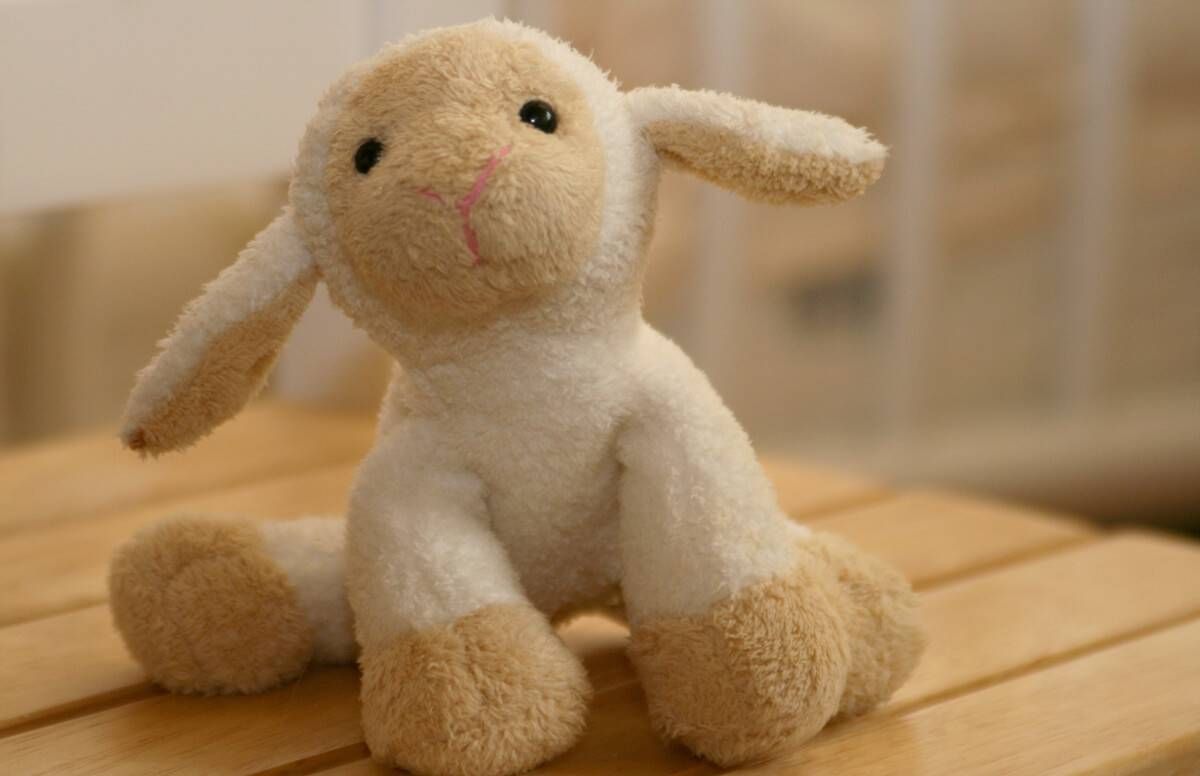Actually, I Do Want My Parents' Stuff
While cleaning out her late parents' home, she found meaning in their possessions
They come in all sizes and shapes. Functional things. Decorative things. Whimsical things. Beautiful things. Sentimental things.

In the end, though, they are, just things — stuff that our parents leave behind for us to keep, sell or dispose of. I know it's gone out of fashion to hold onto our parents' things. God knows, our millennial kids don't want ours. But after spending several days with my two brothers cleaning out our parents' last home (the one my mother occupied for 14 years until her death in 2010, my father for 22 years until his final breath earlier this year), I have a new appreciation for my parents' things.
Just More Stuff
As my brothers and I worked on this task, there was no discord. If one of us expressed interest in an item, the other two responded, "Take it." My older brother was interested primarily in art items that had been meaningful to our father. My younger brother was on the lookout for furniture for his three grown children. My own twentysomething daughter wanted nothing, save her grandma's rock collection. And me? My selections were guided by a single stern question: If you take it, where exactly will you put it?
At this point in my emptied-nest life, I've accumulated enough stuff (things that I'm pretty sure my daughter won't want) to fill the house I've occupied for 24 years. Aware that my next move will be a downsizing maneuver, I've had a self-imposed policy for years not to add a book to my bulging shelves without removing one. To my mind, my parents' things were just more stuff that I'd need to unload or discard at some point up the road.
‘Make a List of What You Want’
Moreover, there was nothing that I coveted. In her waning years, my mother had constantly prodded, "Make a list of what you want," a command that had occasioned eye-rolling between my brothers, sister (now deceased) and me. After I finally identified two items, I underscored my choices to head off further list-making requests.
Each time I sat with my mother in her office, I'd point to the macramé mounted near her desk and say, "I love that piece." Each time I sat in my parents' living room, I'd point to the elegant Mapplethorpe photo and say, "That one's mine."
They heard me. Months before her death, my mother delighted and stunned me by mailing me the macramé. A few years later, my father pulled a similar surprise with the Mapplethorpe.
Now, as I surveyed my parents' walls, surfaces and cabinets, I set aside an item here, an item there, but without enthusiasm.
Yeah, sure, I thought, lifting the blue ceramic umbrella stand by the front door.
Oh, why not? I thought, taking one of my mother's many stuffed animals, a plump ewe that she'd positioned on a settee, its gangly limbs carefully crossed.
In the living room, I liberated a fire-dried vase from atop the upright piano.
Moving to my parents' bedroom, I spotted a stone-tile table, piled high with my father's reading materials, and realized it could replace the rickety Ikea table in my sunroom, piled high with my own reading materials.
On my mother's bedside bureau, a ceramic box topped by a frog caught my eye. I could think of no use for it. C'mon. It's small. Mom liked it.
That same sentiment propelled me to take a whimsical metal snake nestled among the shrubs lining my parents' walkway.
Making Judicious Choices
With my younger brother now planning to rent a truck to haul his furniture cache north, I realized I could consider some of the wall art that I'd earlier dismissed as too expensive to mail. Quickly, I selected two prints and a multimedia hanging featuring storks, then hesitated in front of a pair of Japanese (I think) wood hangings that had hung in my childhood home. The thought of them winding up in a stranger's house — or the dumpster — made my decision for me.
Similar reasoning sealed the fate of a bird statue that had been meaningful to my mother. So, too, a small crystal fawn that, after eyeing it warily several times, I finally plucked from a glass cabinet. Here's why: Back when my siblings and I were starting out in the working world, it had been a family tradition to hand over our first paycheck to our mother as a gesture of gratitude. With my check, an unimpressive sum from The New York Times for my unimpressive labors as a copygirl, Mom had purchased the fawn. Though I'd never much liked it, I knew she had.
My home-shopping mission complete, I eyed my judicious choices without a sense of pleasure. Certainly, I was in no rush to get the dozen items home.
Finding the Right Place
When the items were delivered by the truck to my home a few weeks later, I thought, You know where you plan to put them. Just get it done.
Moving briskly, I placed the umbrella stand outside the kitchen door on the screened porch, and the metal snake in the bed of hostas fronting that porch. On the shelf above the kitchen fridge, I made room for the newest addition to my modest vase collection. In the living room, I set the bird statue on my upright piano, then swapped out the Ikea table in the sunroom for the stone-tile one. Next, I hung the wall items where I'd envisioned they'd go, one in the dining room, two along the second-floor hallway, the pair of Japanese (I think) wood hangings on the third-floor landing.
Only the smallest items — the stuffed ewe, the crystal fawn, and the ceramic frog box — required deliberation. All three wound up in my home office, the ewe and fawn perched on a bookshelf above a photo of my mother.
With that, my work was done. With that, the items began to work their unexpected magic.
The Pleasure of Things
Now, each morning when I head from the bedroom to the stairway, I pass two of my parents' prints. As I descend the stairs, I see first the Mapplethorpe, then the multimedia storks. In the kitchen, I encounter the vase as I open the fridge to get milk for my coffee. When I step onto the porch, the umbrella stand and snake catch my eye.
When I lie on the sunroom couch to read, I'm aware that I'm setting my water bottle on my father's table. Each time I sit down to play the piano, the bird statue stands beside my metronome, its wings spread in greeting.
In my office, I delight in the little Mom nook I created. The fawn, whose bowed head grazes one of the ewe's lanky (crossed!) limbs, reminds me of the career dreams I harbored back on the day of my first paycheck, and of how far I've traveled since then. I'm certain the tableau would make my mother smile. (I suspect the frog box wants to migrate over, but I've found use for it on a different surface and I'm holding firm.)
I've always known they're just things. Functional things. Decorative things. Whimsical things. Beautiful things. Sentimental things. What I hadn't anticipated was that these things would give me such pleasure. They make me think about my folks. They make me smile. They remind me never to forget.


